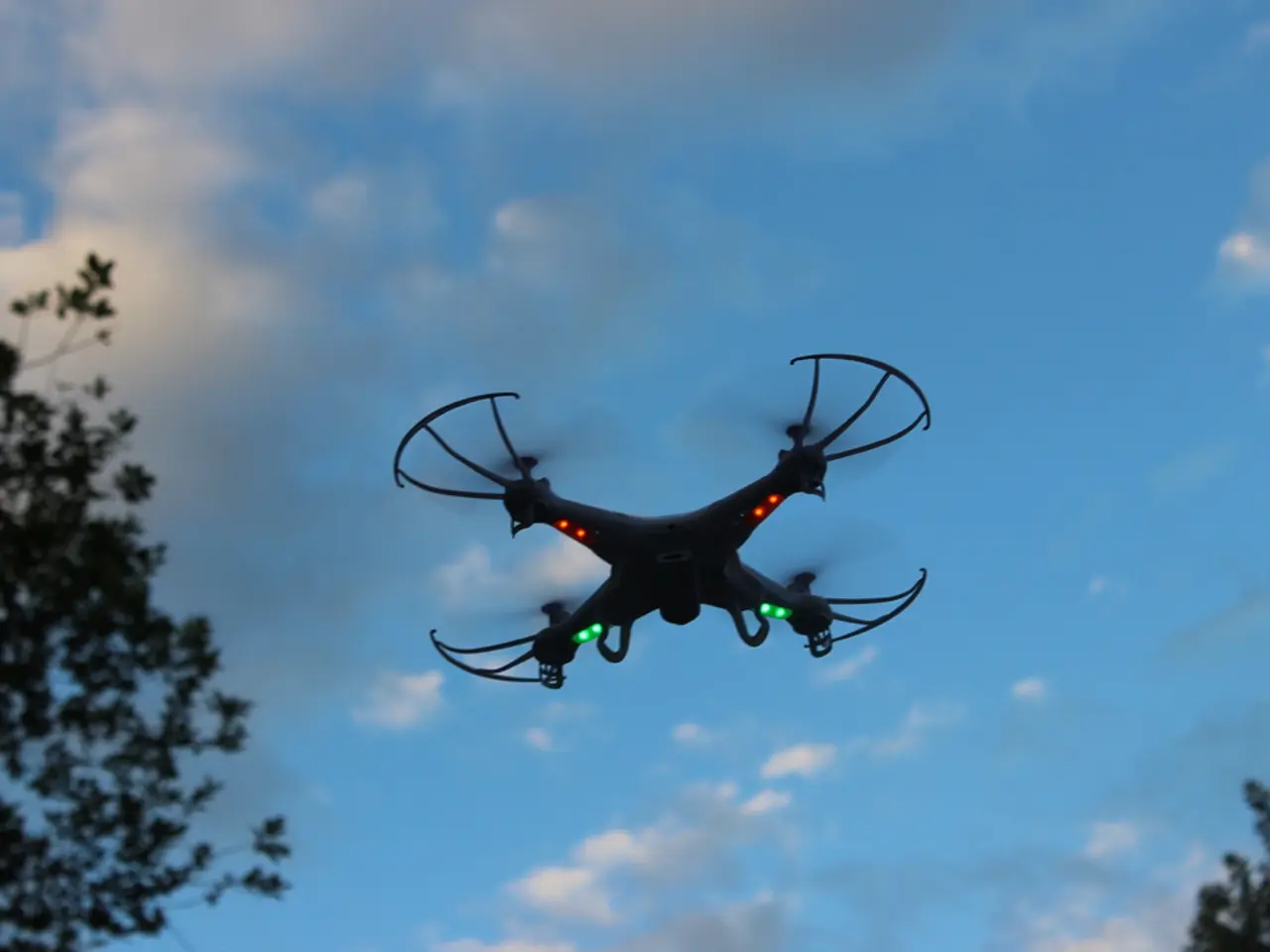Proposed Drone Rules in the U.S. and Their Impact
Administration under Trump seeks to expedite drone deliveries for Amazon and DoorDash
The Federal Aviation Administration (FAA) has recently proposed new rules aimed at facilitating the use of drones beyond the operator’s visual line of sight (BVLOS), which could significantly alter commercial drone operations in the United States. These changes are expected to expand drone applications, enhance efficiency, and improve consumer experiences.
Key Aspects of the Proposed Rules:
- BVLOS Operations: The proposed rule allows drones to fly beyond the operator's line of sight, enabling operations such as package delivery, infrastructure inspection, and agricultural monitoring. Drones must be equipped with collision-detection systems and operate at or below 400 feet above ground level (AGL).
- Weight Limitations: Drones up to 1,320 pounds, including payload, are eligible for BVLOS operations.
- Launch Locations: Drones must launch from FAA-approved locations.
- Streamlined Permits: Lower-risk drones, such as those for real estate photography or recreational use, will operate under streamlined permits. Complex missions like search and rescue will require enhanced certification.
- Safety Measures: The rules include mandates for cybersecurity protocols and background checks for operators.
Impact on Commercial Drone Use and Consumer Experiences:
- Increased Efficiency: BVLOS will enable drones to perform tasks more efficiently, such as rapid package delivery and expanded agricultural monitoring.
- Enhanced Consumer Experiences: Faster delivery times and more reliable services could improve consumer satisfaction.
- Expanded Services: Drones can be used for a broader range of applications, including emergency services and infrastructure inspection, enhancing public safety and utility.
Timelines for Mass Usage and Government Approval:
- Public Comment Period: The proposed rule is open for public comment for 60 days following its publication in the Federal Register.
- Implementation: After the comment period, the FAA will finalize the rule, which could lead to widespread adoption of BVLOS operations in the coming years.
- Integration with Technology: Full integration with drone traffic management (UTM) systems is expected once these systems are fully developed and implemented, further facilitating drone operations.
The proposed rules are part of a broader effort to integrate drones effectively into the national airspace system, aiming to enhance the safety and efficiency of drone operations and open new opportunities for commercial applications.
Transportation Secretary Sean Duffy predicts a fundamental change in the way consumers receive packages and other products due to increased commercial drone use. He suggests the possibility of receiving Amazon packages or Starbucks coffee via drone. However, Duffy emphasizes the need for approval from state and local governments for drone operations.
The FAA is concerned about the current lack of regulation surrounding drone use in U.S. skies. The FAA Administrator, Bryan Bedford, notes that drones are currently operating in U.S. skies, but not as regulated as it should be. The FAA wants to take more ownership over the situation regarding drone use in the U.S., believing that more regulation is necessary to ensure the safe and efficient operation of drones in U.S. airspace.
Duffy mentions the importance of mitigating risks associated with drone use and expresses concern about allowing adversaries to evolve drone technology and deploy it in U.S. airspace. The Department of Transportation (DOT) has released new proposed rules that aim to relax requirements for a drone pilot to maintain physical sight of the aircraft. The new proposed rules from the DOT are aimed at making drone use more manageable and less exception-based.
The U.S. risks falling behind China in the drone technology sector if it does not act soon, according to Duffy. The FAA states that more regulation is necessary to ensure the safe and efficient operation of drones in U.S. airspace, and the DOT is updating rules to allow for more drone activity while maintaining safety with increased air traffic.
- As the Federal Aviation Administration (FAA) considers updating rules for drone operations, the Department of Transportation (DOT) has proposed new guidelines to ease requirements for maintaining physical sight of drones, a move that could potentially revolutionize technology-driven business sectors, such as package delivery and general-news drone journalism, by making drone use more accessible and less exception-based.
- The FAA's proposed changes to drone regulations, which aim to encourage the use of drones beyond the operator’s visual line of sight, have far-reaching implications for various sectors, including finance and business, as they could lead to increased drone applications in fields like infrastructure inspection, agricultural monitoring, and emergency services, thereby offering enormous potential for efficiency gains, improved consumer experiences, and expanded services.



